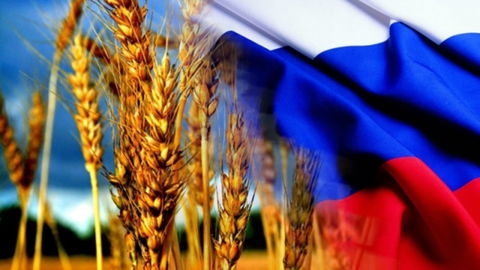Following the USDA Russian experts lower forecasts of grain production

the Agency IKAR has lowered the forecast of wheat production in Russia in comparison with the assessment from July 8 with about 78.5 to 77.5 million tons and does not exclude further reduction of the forecast yield.
the Experts of Rusagrotrans lowered the forecast of grain harvest in Russia in comparison with the previous estimate of 4.2 million tonnes to 120 million tonnes In the June heat, the result of the wheat crop forecast was reduced by 3.8 MT to $ 76.1 million tons, barley – 200 thousand tons to 19.2 million tons, yet the estimate of corn harvest left at the level of 12.3 million tonnes. Gross harvest of wheat can reach the second historical peak after a record 86 million tonnes in 2017.
In July, the European part of the Russian Federation held the rain and decreased temperatures, which will improve the condition of spring crops after a drought. According to experts, the grain harvest will amount to 59,2 million tons, compared with 56.2 million tons last year.
In 2018, Russia harvested 113,3 million tonnes of grain, including: 72,1 million tons of wheat, 17 MMT of barley, 11.4 million tons of corn.
the Forecast of exports (including supplies to the countries of EEU) of grain in 2019/20 Mr reduced from 46 to 43 mln tonnes, including wheat – from 37.5 to 34 million tons.
Initial transition stocks of grain in 2019/20 Mr was reduced in comparison with the previous season from 20.6 to 12.5 million tonnes, which may reduce the export of grain, particularly wheat.
since February, the Ministry of agriculture estimates the grain harvest of 118 million tons.
Reduced the forecast of grain production in Russia will support the price for black sea wheat, which last week fell to the lowest level. The decrease in forecast production in balance USDA let the wheat prices slightly to recover. However, further price growth is limited by low demand from importers and the increased competition between European and American wheat.


